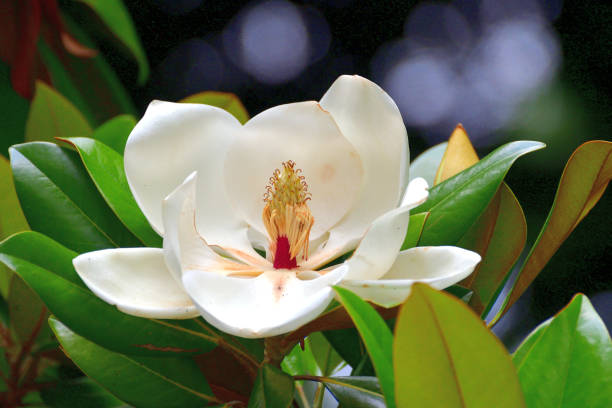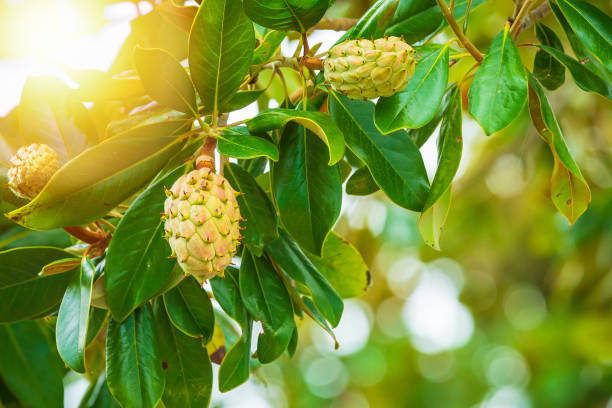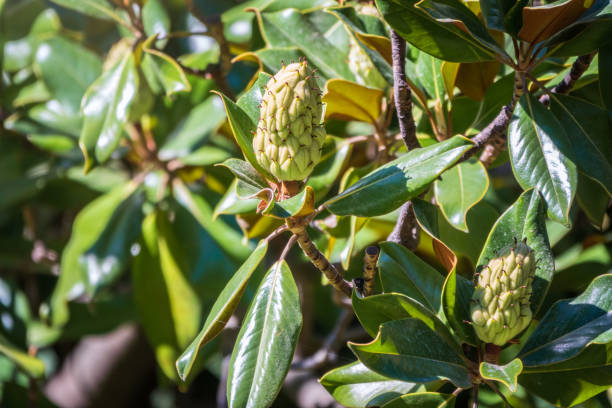Can You Eat Magnolia Fruit?
Magnolia is believed to have existed for a long time. It represents longevity and tenacity in its representation. Magnolias can also be associated with nobility, a love of nature, feminine sweetness, and physical beauty.
Magnolias were considered to be a symbol of dignity and nobility. Historically, magnolias were the ideal representation of womanly beauty and gentleness in ancient China. White magnolias are frequently seen in bridal bouquets in the American South, where the flowers are believed to reflect and emphasize the bride’s purity and nobility.
The flowers and leaves of Magnolias are well-known for their attractiveness, showiness, fragrance, the attractiveness of evergreen leaves, and glossy appearance. They are among the most beautiful gardens plants you will ever see. Magnolias have these cone-shaped fruits. Are you curious about whether they are edible or not? This article will tackle Magnolia fruit whether they are safe for food consumption or poisonous.

Table of Contents
What Fruit Grows on a Magnolia Tree?
Magnolia trees produce fruit that looks similar to pinecones. They range from 3 to 8 inches in length. A collection of elongated, spiny protuberances and individual follicles make up the structure of the horn. In some species, a small, berry-like fruit is found inside the fruit. The fruit contains seeds that range from one to three inches in width. The seeds are protected by a fleshy layer known as “aril”, which appears red or orange berries.
Other types of magnolia trees produce seed pods as well, and the appearance of these pods can differ significantly from that of a star magnolia tree.

Is Magnolia Fruit Safe to Eat?
Magnolia fruit is not edible for humans. They do not have a pleasant taste. These small, fleshy parts are opaque and give a strong scent. Moreover, your body might react strangely or unusually to consuming this fruit. As you already know, Magnolia trees affect humans who consume their fruit. These plants contain a chemical that breaks down various human hormones called ‘aromatase’. The enzyme is responsible for keeping proper levels and balances of these hormones within our bodies. When we eat this innocent-looking berry-like seed fruit, the enzyme begins to self-replicate. The quantities are not very high within a single fruit pill or piece of fruit, but enough for us to feel slightly unbalanced during and after consumption.
Are Magnolia Seeds Toxic?
If humans consume the seeds of the Southern Magnolia, they will become mildly poisonous. Eating these would result in gastrointestinal irritation, so be wary of scarring your digestive tract by eating too many magnolia seeds or ‘nuts. But most likely, other varieties of magnolia seeds are generally considered harmless.

Is Magnolia Seed Safe to Eat for Animals?
Yes, Southern Magnolias seeds are one example. Turkeys, quail, opossums, wild birds, and squirrels are among the animals that eat such seeds. They also help to spread these seeds for propagation.
Southern magnolia is one of the most primitive fruits among angiosperms found in the fruit. Their fruit is cone-shaped, woody, and aggregate in nature, and it ranges in length from 3 to 8 inches. They are typically classified as a follicetum, an aggregate fruit composed of multiple follicles or carpels containing two or more seeds. They are classified as such because of their size. As they mature, the flesh splits open, revealing the individual seeds covered in a red fleshy aril and protected from the elements. Typically, these trees can begin producing seeds when they are ten years old, and they reach their maximum seed production when they are twenty-five years old.
